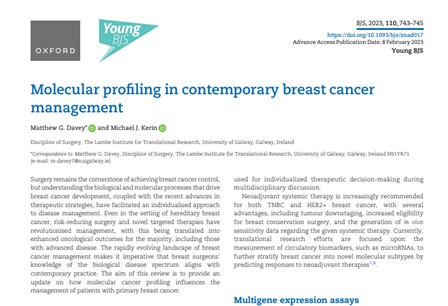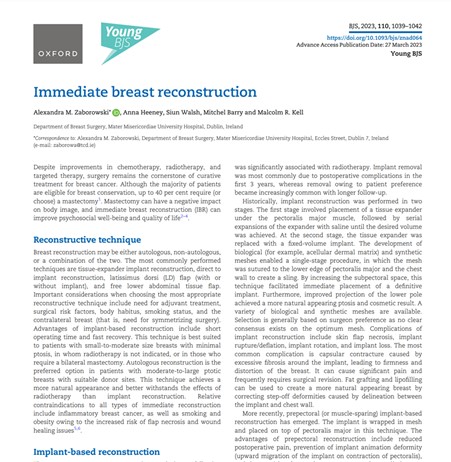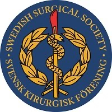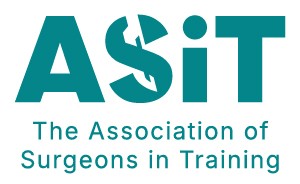BJS Academy>Young BJS>Why I became a breas...
Why I became a breast surgeon
Malin Sund, MD, PhD
Professor of Surgery
Department of Diagnostics and Intervention
Umeå University
Sweden
Department of Surgery/CLINICUM
University of Helsinki
Finland
6 May 2024
Breast
Related articles

Molecular profiling in contemporary breast cancer management
Davey MG, Kerin MJ. Molecular profiling in contemporary breast cancer management. Br J Surg 2023; 110: 743–745. Comment: No longer one disease, but many.

Immediate breast reconstruction
Zaborowski AM, Heeney A, Walsh S, Barry M, Kell MR. Immediate breast reconstruction. Br J Surg 2023; 110: 1039-1042. Comment: Lots of different methods: which to choose?
Copied!
Connect

Copyright © 2025 River Valley Technologies Limited. All rights reserved.








.jpg)



